Should You Warm Up Before You Work Out?
Guilty of skipping your warm ups? I know I used to be. But did you know that passing up on your warm ups could actually be hindering your gym progress?
If you're planning to workout then you need to warm up. Whether you're lifting weights, taking a gym class, or going for a run, warming up will prepare your body for what's to come, allowing for peak performance.
What is a warm up?
As you can probably guess, warming up involves light physical activity, intended to warm the body before exercise.
Taking note of the use of the word light, you should not be gasping for breath and sweating at the pits after a warm up. This would be counterproductive. The intention is not to fatigue your muscles, but to get them fired up!
An ideal warm up will result in a slightly elevated heart rate, breath rate, and body temperature.
Why warming up is important
Warming your body before exercise has a number of benefits, including: injury prevention, enhancing exercise performance, and shorter recovery times.
Minimises your risk of injury
Limbering up helps you loosen up, and that's what reduces your risk of injury. Warming your muscles prior to intense exercise helps to make them more elastic. Essentially, this means we become supple and relaxed, limiting any rigidness during your workout. This helps to lower your risk of injury by eliminating any tension in your muscles which could potentially cause your body to move in a harmful way during your working out.
Optimises your performance

Warm ups are implemented to ensure your muscles are fuelled with the oxygen and nutrients they need to perform strenuous exercise at an optimal level. Elevating your heart rate prior to exercise helps to pump more oxygenated blood throughout your body, which is then used by the muscles as energy.
By not increasing the blood flow to your muscles prior to exercise you're increasing the likelihood of muscular fatigue during your workout.
Shorter recovery times
Research has shown that warm ups can help to reduce delayed onset muscle soreness (DOMS). According to these studies, participants who participated in a warm up prior to exercise experienced reduced DOMS for 48 hours after exercise has ceased.
Mental Preparation
To excel at any type of physical activity you need to be in the right frame of mind. Warm ups can help you get there. Your warm up gives you the opportunity to pump yourself up for the session ahead. It's time to regain focus on why you're participating in that activity, and what goals you're aiming to achieve. This frame of mind and sense of determination can then be transferred over to your work out, helping to improve your performance.
What are the risks of not warming up?
-
By not removing any tension or stress in the body you can increase your risk of tears, sprains, and strains.
-
Not delivering enough blood to your muscles can increase fatigue and hinder your physical performance.
-
May result in increased DOMS, leading to longer recovery times between training sessions.
- Not mentally preparing yourself for the activity ahead, limiting your physical abilities.
How to warm up properly
An effective warm up will make your heart and lungs go a little quicker, whilst elevating your body temperature. As I've mentioned before, the purpose is not fatigue. But you should feel fired up for the workout ahead.
A good indication of whether you're warmed up enough will be a slight sweat and/or rosy cheeks.
It's also important to incorporate mobility exercises into your warm up for adequate exercise preparation. Recognise what muscles you'll be predominately recruiting in your workout and limber them up accordingly.
Effective warm up exercises
Warming up with cardio
Low Intensity Steady State (LISS) cardio is a timeless and effective warm up. Jumping on the treadmill, bike, or rowing machine for 5 - 10 minutes is a great way to warm your muscles and get the heart pumping.
Light cardio is an effective warm up before weight lifting, high intensity cardio, or a team sport, however, it's important to not push yourself too hard, so that you fatigue yourself before the real workout begins.
Warming up with light weights
One way to prepare your body for what's ahead is to perform the exercises that form your workout with lower weights.
Say your training legs for example, and your major lift for the day is squats. A solid warm up could include body weight lunges, air squats, and jumping jacks.
You could then fire up the muscles even further by performing a few squats, say 2 sets, of 6 - 10 reps, with just the barbell. Why? Because lighter-weight sets let your body know what lies ahead. It's one of the best ways to get your muscles ready, allowing for optimal performance.
Hot tip: as a general rule of thumb your warm up weight should be no more than 50% of your 1 rep max.

Resistance band warm ups
Resistance bands are an excellent tool to isolate and warm the muscles your about to use during your workout. They can be used to perform a variety of movements, and are especially great for helping with mobility exercises such as band pull apart's, banded reverse fly's, and hip abductions.
Foam roller or stretching
It's a common misconception that stretching and foam rolling should only be done after a workout is complete, but truth is stretching and foam rolling are both great way's to limber up before your workout, offering effective warm up techniques.
One of the major benefits to stretching prior to a workout is that it enhances your muscle elasticity which increases your flexibility in both the short and long term. This is important for optimal performance as flexibility helps to achieve a greater range of motion. By increasing our range of motion we are able to recruit more muscle fibres during our workout, leading to great gains.
Foam rolling is an effective warm up as it promotes blood flow throughout the body. As previously mentioned increasing blood flow to the muscles before exercise begins is important for ensuring enough we've got enough oxygen and nutrients circulating through our body to provide energy for our workout.


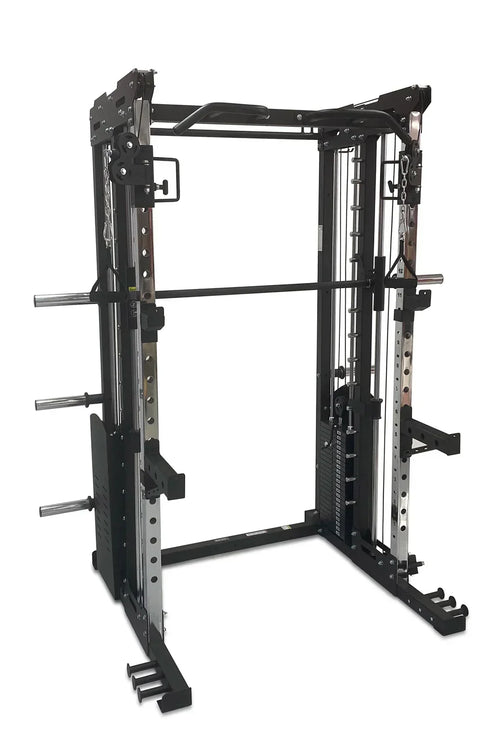
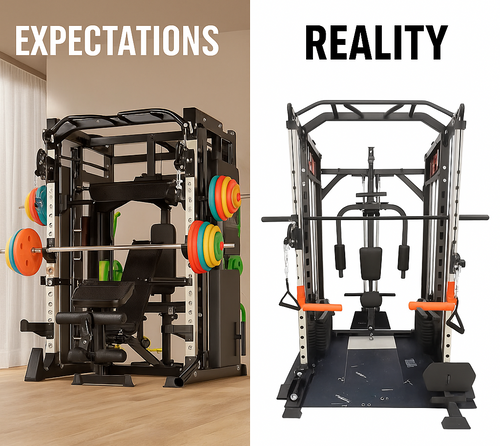
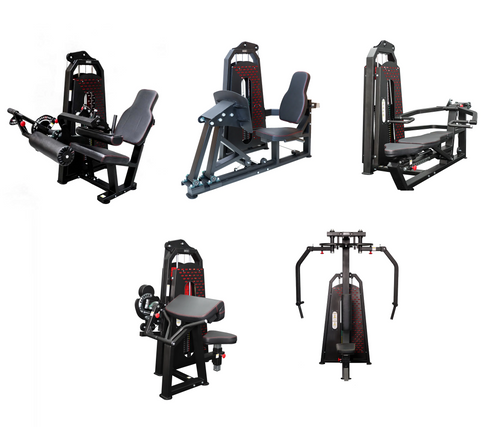
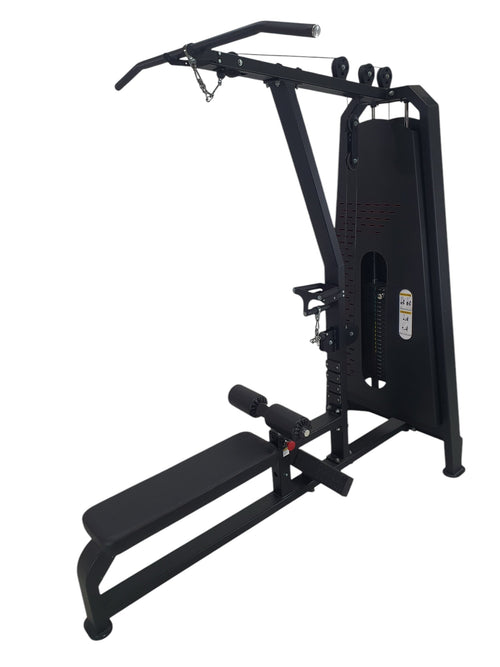
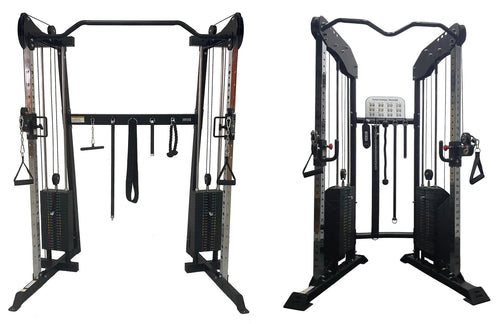
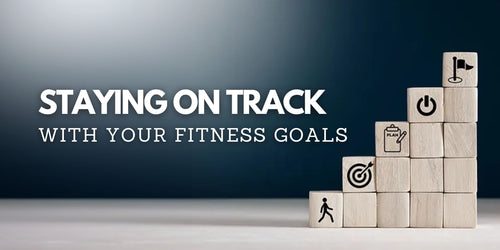
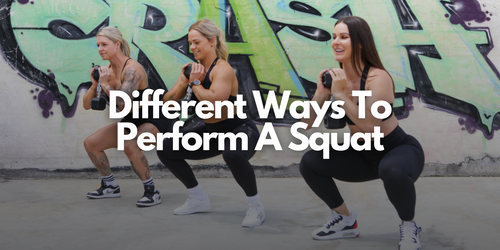

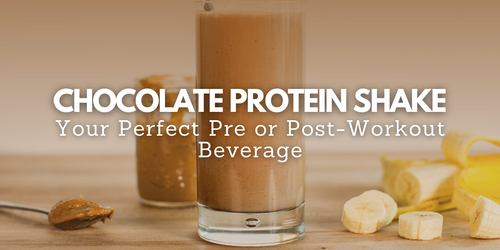
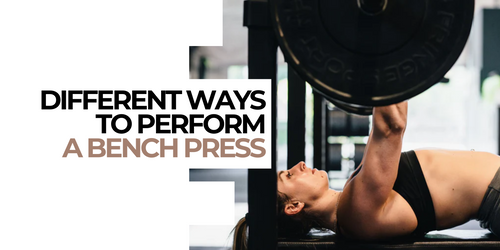
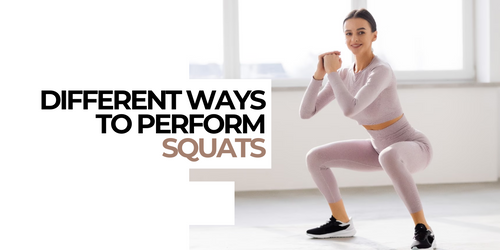

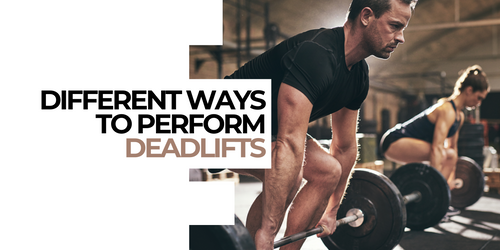

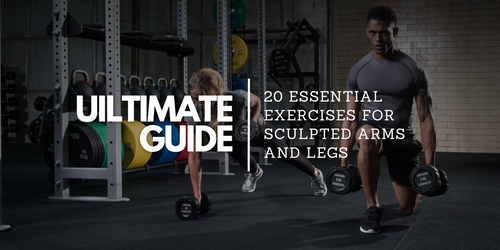

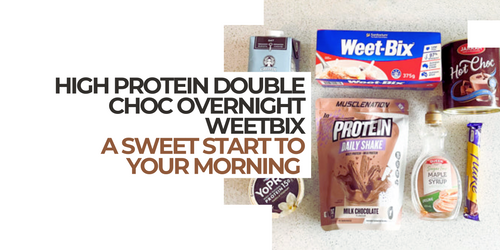


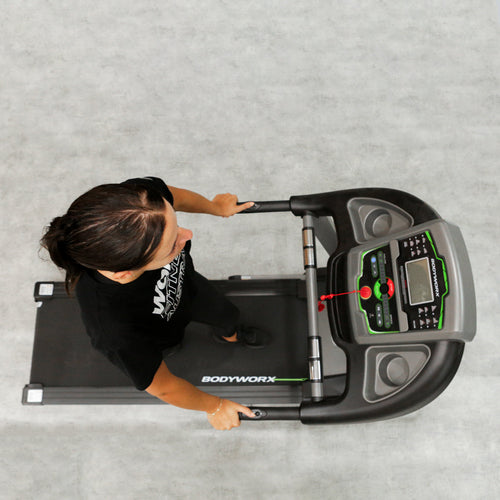
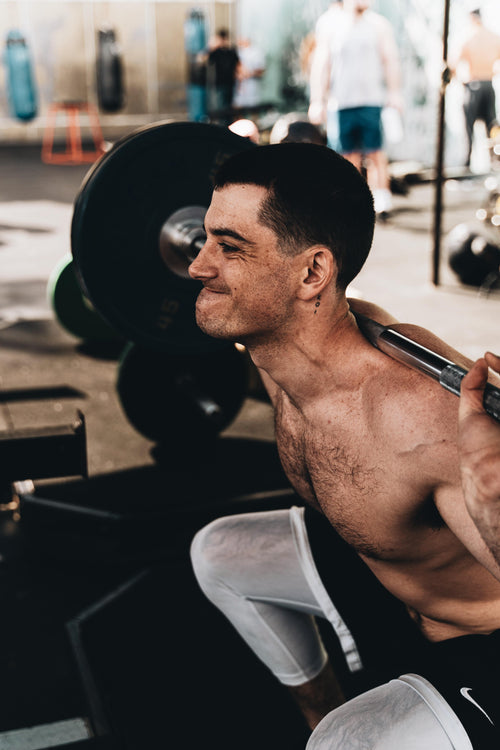
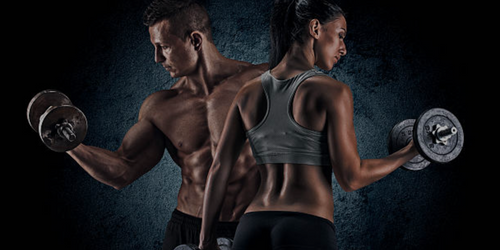
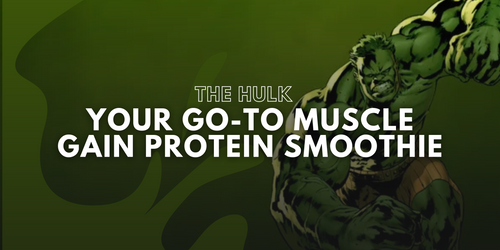
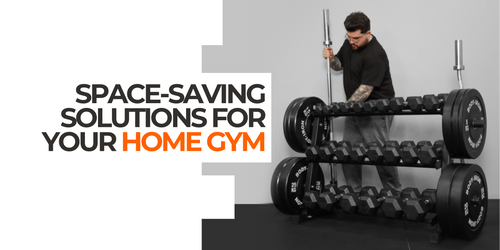
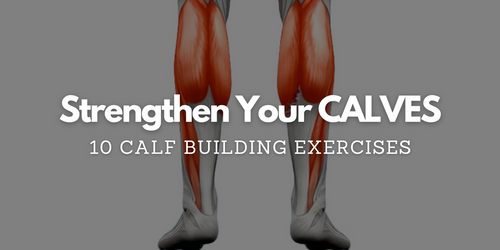
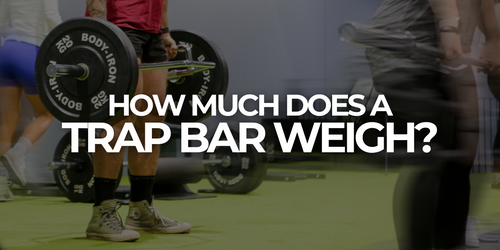
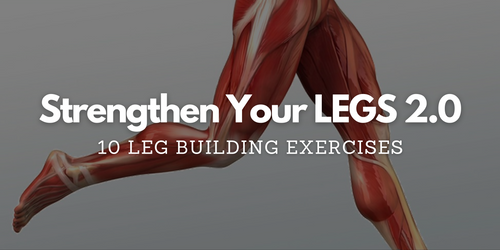
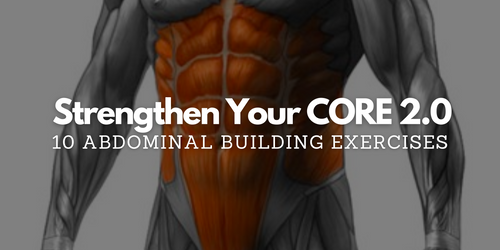

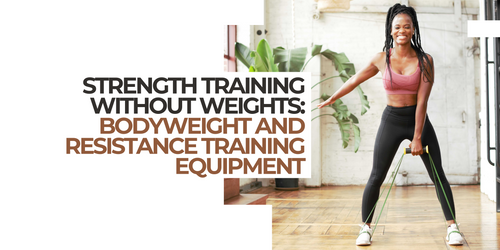
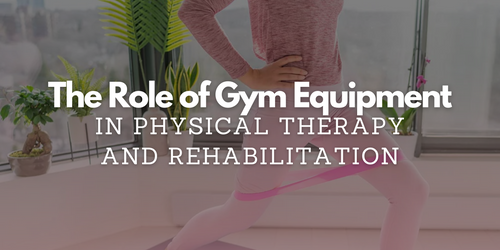
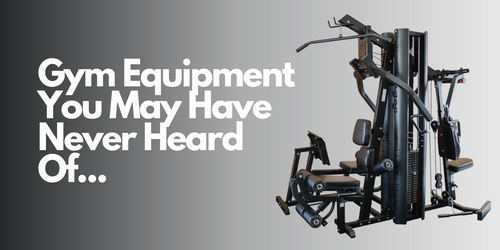
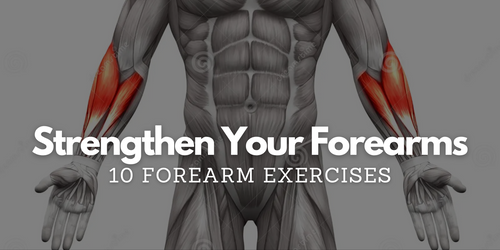
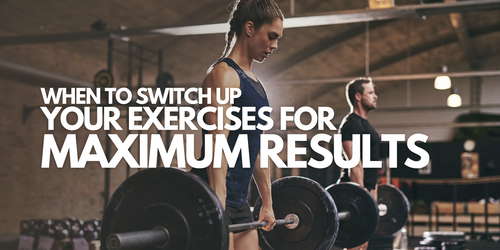
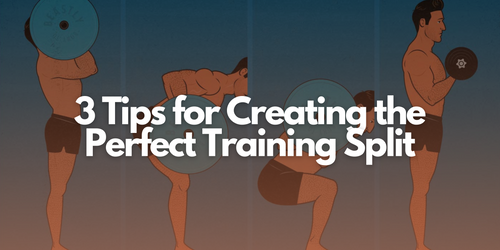
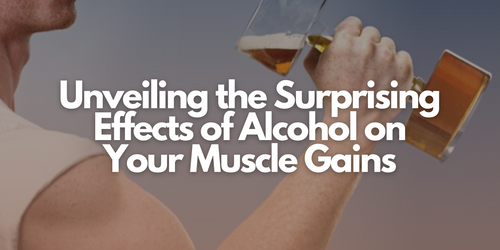
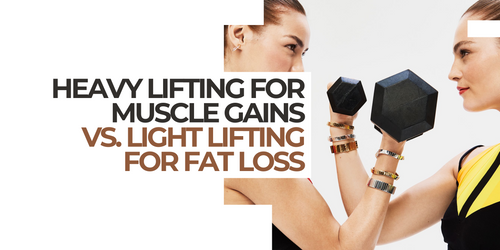
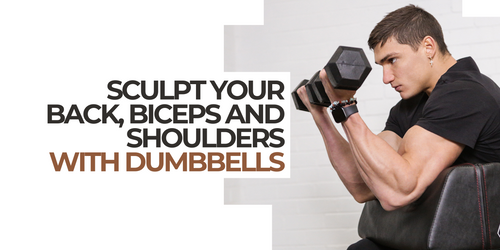
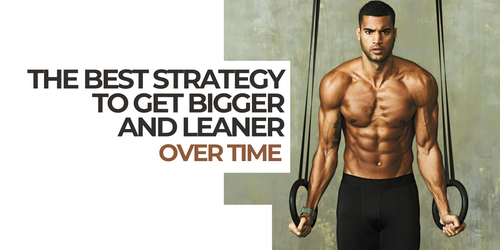
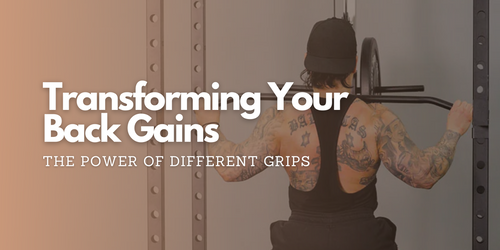
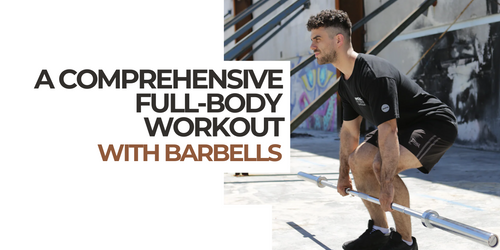
Leave a comment